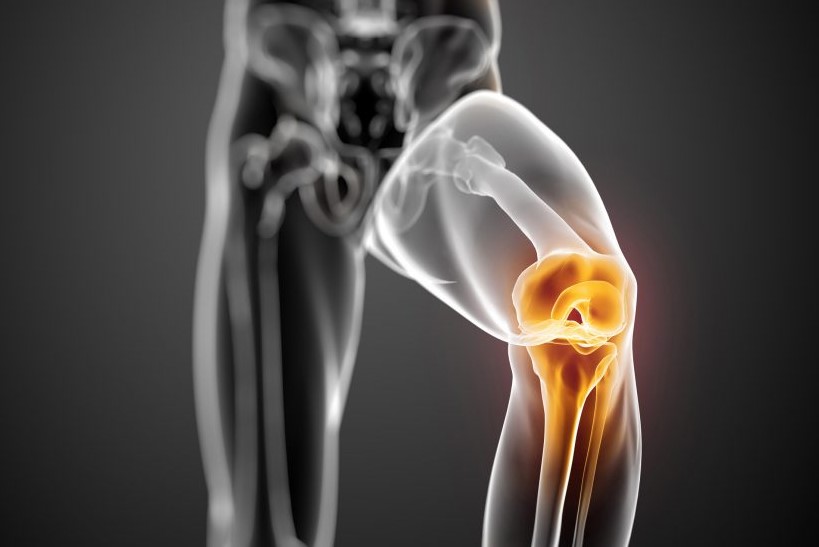
Meniscus, how do you deal with meniscal injuries?
Meniscal injuries are fairly frequent injuries that affect individuals of any age and can involve the body of the meniscus, the anterior horn and the posterior horn; they are divided into radial, horizontal and vertical
There are also other types of lesions, which are worth mentioning for their frequency even though they may fall into the previous classification and are the ‘bucket-handle’ lesion and degenerative lesions, which can take on complex characteristics due to a combination of the different types of lesion.
Medial meniscus injuries are, along with medial collateral injuries, the most common knee injuries
The reasons for the high frequency of meniscal injuries are to be found in the anatomy of the medial meniscus, which adapts worse than the lateral meniscus to dislocations, and also in the higher frequency of traumatisms in valgus of the knee with intrarotazione of the femur with respect to the tibial plateau (the foot pivots).
The medial meniscus can also be subject to degenerative injury, i.e. being ‘worn out’ in the friction that develops between the tibia and femur if they are not perfectly aligned.
This type of injury is classic in individuals over 40 years of age and is an early sign of arthrosis.
Symptoms and diagnosis of meniscal injuries
Clinically there is the presence of severe pain, swelling, functional impotence; it is therefore necessary to wait a couple of weeks to be able to make a precise diagnosis of the type of lesion and any associated lesions.
The diagnosis may be simpler when there is the presence of a joint block as in bucket-handle lesions or complex as in degenerative lesions; in general it is possible to appreciate a pain localised to the medial hemirima.
The specific test for diagnosis is Steinman’s test, with the patient lying on the couch, knee flexed at 90°, falling off the couch, and extrarotation movements eliciting pain at the medial hemirima if the suspected lesion is present.
Lateral meniscus injuries are less frequent than medial meniscus injuries because the lateral meniscus is larger and can withstand movement better.
In addition, the traumatic mechanism is more unusual, being due to trauma in extrotation of the femur on the leg.
The clinic is superimposable to that of the medial meniscus injury, obviously referring to the lateral articular rim, as is the therapy.
Magnetic resonance imaging (MRI) can be diriment in cases where the diagnosis is more difficult, normally the orthopaedic specialist is able to diagnose with 90% reliability a possible lesion.
Therapy for meniscal injuries
In cases of degenerative meniscal lesions (patients over 50-60 years of age), the treatment to be implemented in the first instance is ‘conservative’, i.e. non-surgical therapy, not even arthroscopy.
Therapy with anti-inflammatory agents and possibly a course of infiltrations with Hyaluronic Acid (Viscosupplementation) will be useful.
In younger patients with post-traumatic meniscal injuries, the therapy is arthroscopic and consists of repairing the meniscus with sutures, or if the type of injury does not allow this, part of the meniscus may have to be sacrificed (selective regularisation).
After the operation, if a suture was performed, the patient will not be able to load for 3-4 weeks; if unfortunately a suture was not performed, however, the recovery will be faster and the patient will walk under full load the day after the operation, return to normal life 3-4 days later, and return to sport 10-15 days afterwards.
Read Also:
Emergency Live Even More…Live: Download The New Free App Of Your Newspaper For IOS And Android
What Are Cartilage Injuries Of The Knee
Knee Sprains And Meniscal Injuries: How To Treat Them?
First Aid: Treatment For ACL (Anterior Cruciate Ligament) Tears
Wrist Fracture: How To Recognise And Treat It
Carpal Tunnel Syndrome: Diagnosis And Treatment
Knee Ligament Rupture: Symptoms And Causes
Lateral Knee Pain? Could Be Iliotibial Band Syndrome
Knee Sprains And Meniscal Injuries: How To Treat Them?
Meniscus Injury: Symptoms, Treatment And Recovery Time


